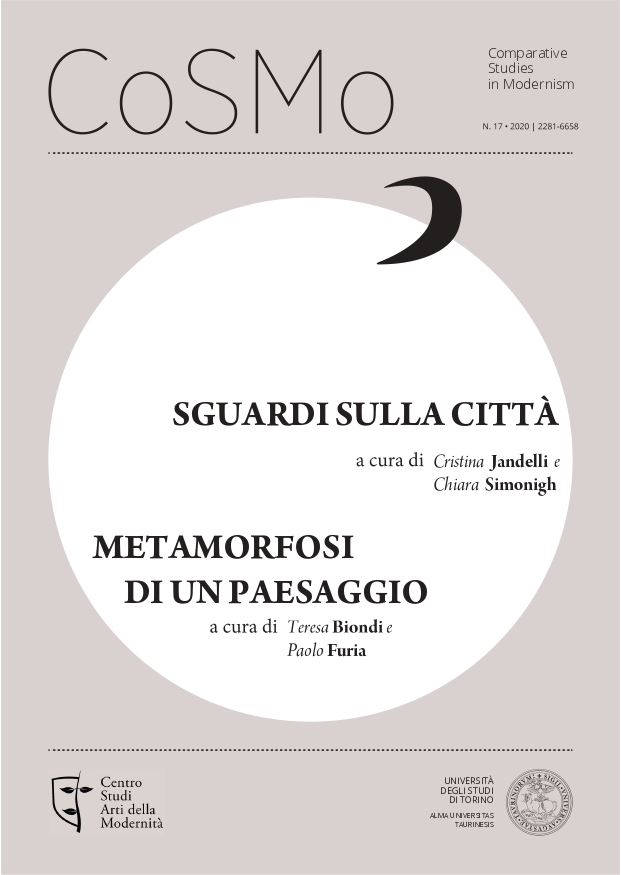Places and Non-places
DOI:
https://doi.org/10.13135/2281-6658/5433Keywords:
Place, Non-place, City, Disneyfication, HypermodernityAbstract
This paper will try to grasp and elucidate the main developments and tendencies characterizing the contemporary global city by employing the concepts of place and non-place. I will start from the assumption that the interaction of lieu and non-lieu may work as a heuristic tool suitable for sociological analysis. In the first part of the paper, the notions of place and non-place will be discussed from a theoretical point of view, while highlighting, at the same time, their spatial, temporal and symbolic dimension. Then, several characteristics of the contemporary city will be addressed: from spatial differentiation and social segregation to the Disneyfication of places, from the global homogenization of downtowns to the sub-urbanization of the city’s surroundings. I will show how the ongoing tendencies in global economy, urbanism, and planning are filling the cities with non-places. Nonetheless, new forms of geographical and social imaginative outlets are springing up in the interstices of contemporary cities, in the common attempt to rebuild places of social exchange and mutual recognition.
Downloads
Downloads
Published
Issue
Section
License
Authors keep the copyrights for their work and give the journal the work’s first publication copyright, which is at the same time licensed under a Creative Commons License – Attribution, which in turn allows other parties to share the work with an acknowledgement of the work's authorship and initial publication in this journal.
Content Licence

You are free to copy, distribute and transmit the work, and to adapt the work. You must attribute the work in the manner specified by the author or licensor (but not in any way that suggests that they endorse you or your use of the work).
Metadata licence

CoSMo published articles metadata are dedicated to the public domain by waiving all publisher's rights to the work worldwide under copyright law, including all related and neighboring rights, to the extent allowed by law.
You can copy, modify, distribute and perform the work, even for commercial purposes, all without asking permission.





